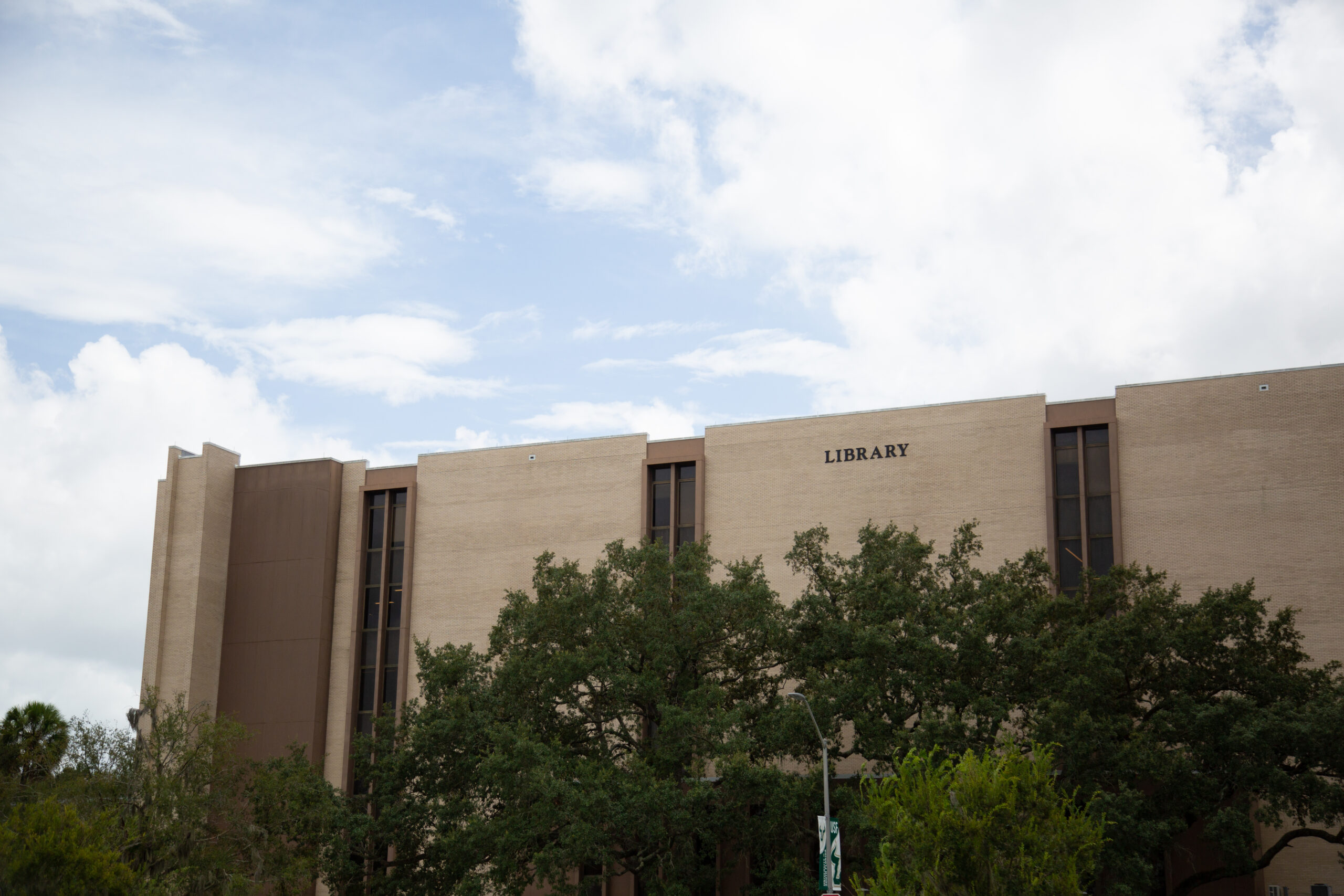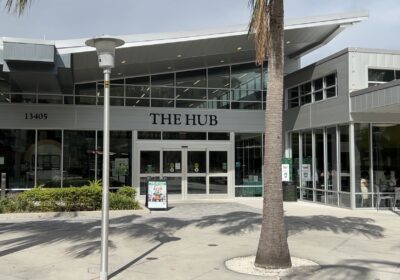Tampa campus library forced to cut thousands of journal subscriptions amid budget cuts

Faced with a 15.3% budget cut, the Tampa campus library faculty and staff are increasing their operations so access to thousands of academic journals is not permanently lost.
Thousands of journal subscriptions will not be renewed for the 2021-22 school year to meet the requirement of cutting over $1 million in library funds, slowing the immediacy students and faculty can access them. The cuts were made as part of a universitywide budget cut of 8.5% due to the financial constraints posed by the pandemic across the state.
The library has both recurring and non-recurring expenditures, Todd Chavez, dean of the USF Libraries, said. Non-recurring expenditures include books and other forms of media permanently owned by the library once they are purchased. However, the 15.3% reduction has to come out of the library’s recurring budget, which includes staff and faculty salaries and subscription-based media such as academic journals.
“We’re doing everything we can to avoid laying off personnel and losing faculty,” Chavez said. “We have sacrificed some vacant positions that we had planned to hire into … we gave up a little bit of our operational expenses, and then the rest of the library cuts, 79%, are going to be against the collections budget.”
The collections are composed of approximately 82,000 academic journals covering all disciplines, according to Chavez. The budget for the collections is currently $5.4 million and a little over $1 million of that needs to be cut.
“We’ve got a very huge process underway because in order to take a cut like this, you literally have to look at everything,” he said. “You can’t say ‘I’m only going to look at this’ or ‘I’m only going to look at that’ in order to get what is over a million dollars out of a budget that’s $5.4 million. You have to look at everything.”
When deciding which journals will not be renewed, the library faculty and staff began evaluating each resource on eight data points in November and have continued these efforts through March. Some of the evaluative data points include the cost of the journal, how often the journal is used, the cost per usage and personal access, which is how much of the journal’s content the library owns.
“If there are 30 volume issues, do we own all 30? Does it have only four issues and we only own two? That’s how we do an ownership assessment,” Chavez said.
The library faculty and staff also look at the journals’ rankings in Scopus and SciVal, which are online databases that host journals and provide details and abstracts about each one. They also check to see how many faculty members at USF have cited the journal or how many are authors in the journal.
The last variable checked to decide upon renewal is the amount of open accessibility the journal has, according to Chavez.
“So a lot of journals, particularly science journals, have started doing this. I would call it a service to the community of providing big portions of their title list,” he said. “For example, one of them I looked at the other day was a journal in geology, that journal has been published since the early 1900s. We don’t own all that because we weren’t here at that time. [From] 1995 or 1997 to 2020, we own that, but they actually provide free access to all of the journal one year back. So they won’t provide you with 2021 content [if you don’t subscribe], but they will provide you with 2020 back.
“So that’s a very high open accessibility rating, whereas other journals have zero open access, or we might own very little of it, so that would lower its value.”
For most of the journals that the library faculty and staff do not renew, Chavez said the previous issues will still be retained.
“One of the things we stress is that not renewing something does not mean we no longer have access,” Chavez said. “Maybe the journal started publishing in 2000 and we dropped our subscription in 2020, we still have everything from 2000 to 2020, we don’t lose that. There are some rare cases where we actually lose access, but in the overwhelming majority, whatever we pay for we keep.
“We just lose access to current and future content, but if budgets improve in a year, we can resubscribe, and we can buy the latest issues.”
Chavez said even if the library decides not to renew a journal subscription, students, faculty and staff will still be able to get their hands on it in some way because the library is working to expand its operations in other departments.
The library will be expanding the interlibrary loan service, a free service the library uses that borrows materials from other libraries, and the document delivery service, which is when a faculty member or student requests a document and the library buys it and delivers it to them.
“We’ve reallocated personnel to take care of [document delivery and interlibrary loan services], so we’re prepared for the reduction in the collections. It’s not what we want to do, and it’s not the kind of thing that an academic library would normally see as a positive direction to move in, but we have a plan to meet the needs,” Chavez said.
While students, faculty and staff will still be able to access all materials through the interlibrary loan service and the document delivery service, the major difference is in the immediacy with which that will take place, according to Chavez.
“We’ve done studies by looking at papers that have been written by our faculty and peer reviewed journals. We’ve looked at their reference lists and their citation lists and we estimate that between 70% and 75% of all the materials that they seamlessly use today, they will continue to be able to access after this reduction,” he said.
“So that means that somewhere between 25% and 30% may not be accessible immediately to them but it’s all available to them through interlibrary loan or document delivery, it just introduces a delay in the process.”
In an effort to maximize the efforts of the interlibrary loan and document delivery services as well as minimize the impacts of the collections cuts, the Tampa campus library’s Resource Sharing Department will extend its hours.
It is currently open weekdays 8 a.m. to 5 p.m., and beginning in fall the department will be open 8 a.m. to 9 p.m. Monday through Saturday, with the possibility of extending all the way to 11 p.m. if necessary.
Although the collections cuts are going to have some impact on university, Chavez said the library faculty and staff are aiming to lessen this impact as much as possible.
“Faculty are dependent on our collections to get their job done and students are dependent on our collections to get their degree completed so we’re going to continue to deliver those collections, it’s just that we might do it in a different way,” Chavez said.







